On July 13, Li Xiangqun, Vice Chairman of the China Artists Association and Senior Professor of Liberal Arts at Tsinghua University, met with Gan Erke, a national-level representative inheritor of the Huizhou lacquerware craftsmanship, in the ancient city of Jingzhou. They were there to visit the Jing-Chu Intangible Cultural Heritage (ICH) Skills Inheritance Academy and the ICH Craftsman Town. They were joined on the inspection tour by Zhou Jianshi, President of the Lacquer Art Branch of the China Intangible Cultural Heritage Protection Association; Vice Presidents Chen An’ying and Yang Peizhang; and Secretary-General Xu Xiaolan, to jointly explore pathways for the living inheritance and professional development of ICH.
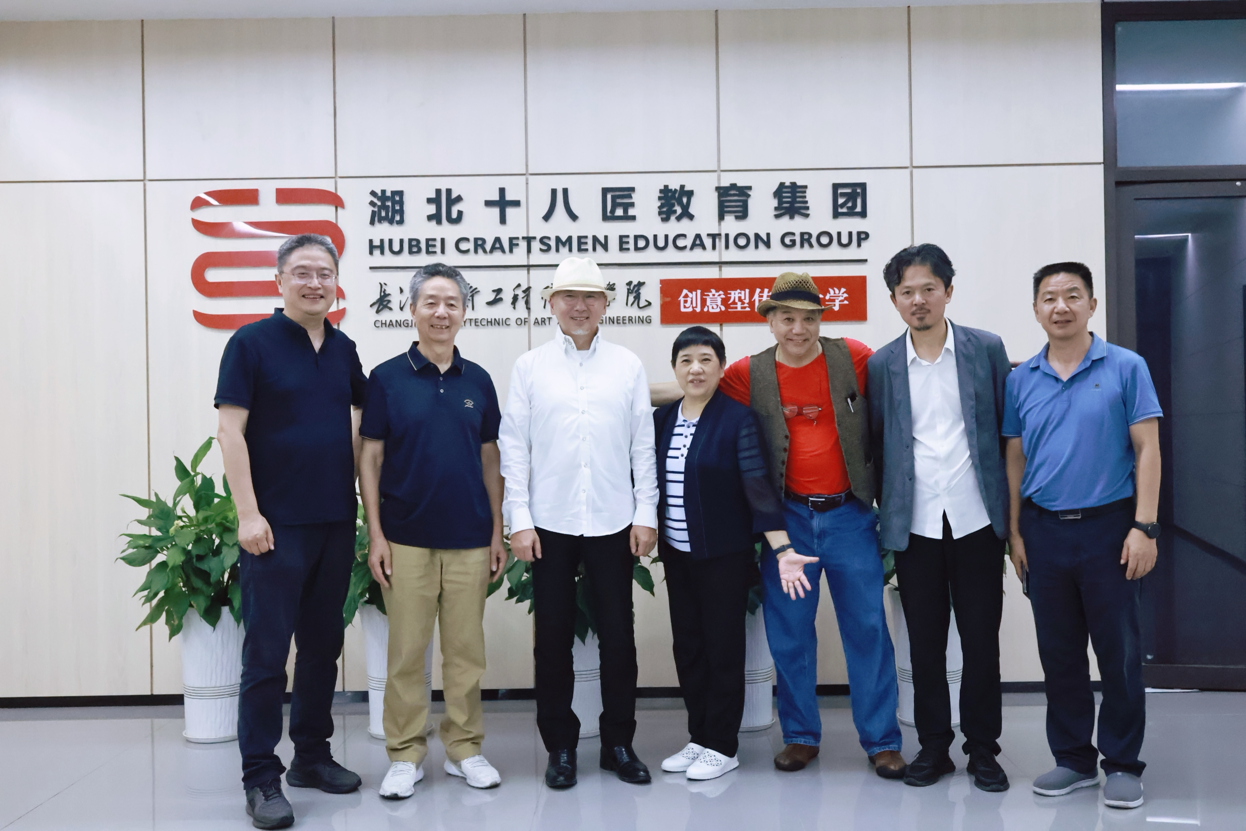
Group Photo
At the Jing-Chu ICH Skills Inheritance Academy, Li Xiangqun, Gan Erke, and their delegation visited 18 ICH workshops, including those for Chu-style lacquerware craftsmanship and Moying kites, and observed skill demonstrations by inheritors such as Zou Chuanzhi. Li Xiangqun highly praised the “Vocational Education + ICH + Industry” model, stating that it “systematically integrates skills like the replication of Chu-style patterns into the curriculum, forging a channel that merges talent cultivation, cultural inheritance, and industrial development.” Gan Erke lauded the “Jingzuo·Chu Life” series of cultural and creative products, remarking, “By extracting modern aesthetics from Warring States totems, traditional heritage is now leading contemporary lifestyle trends.”
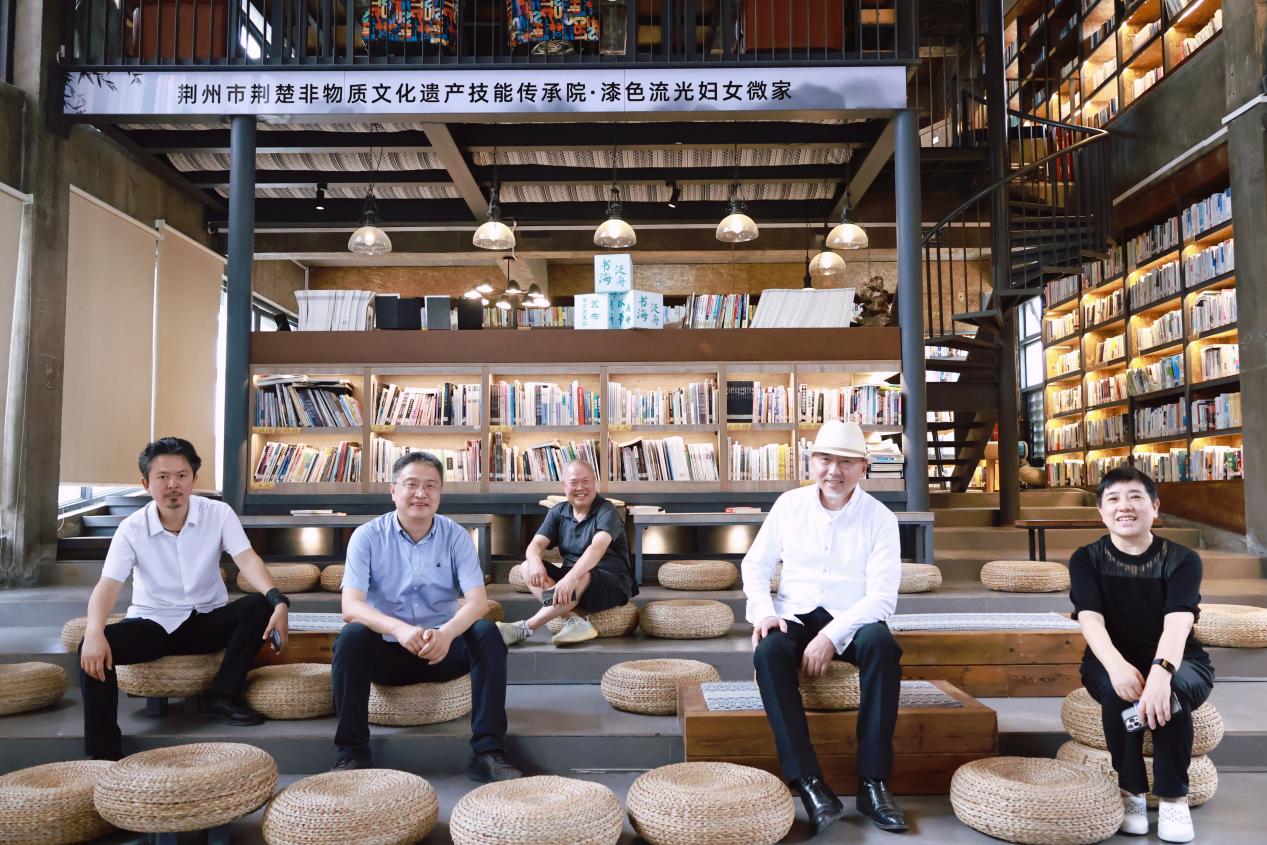
Li Xiangqun and his delegation pose for a photo at the Grand Lacquer Library in the Inheritance Academy.
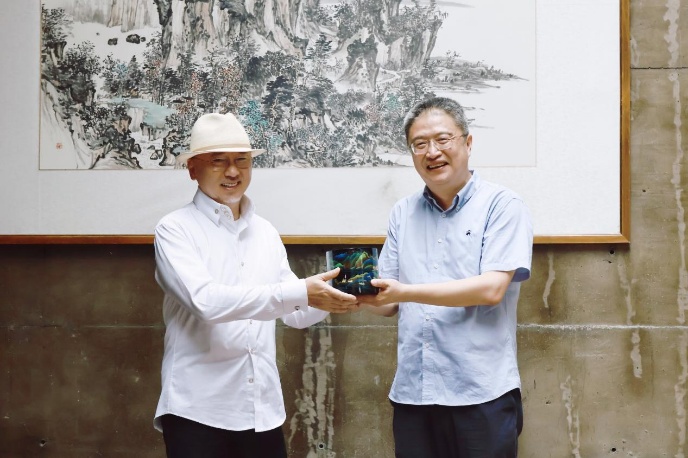
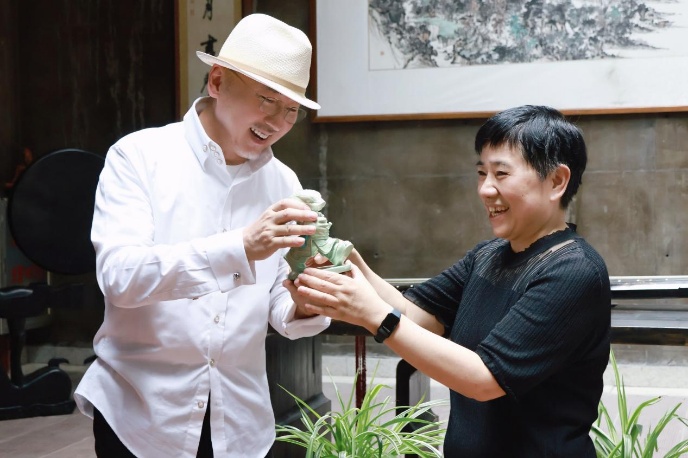
Left: Chen An’ying, on behalf of the workstation, presents a lacquerware piece to Li Xiangqun.
Right: Xu Xiaolan, on behalf of the workstation, receives a sculpture from Li Xiangqun.
Braving the scorching heat, the delegation arrived at the construction site for the Jing-Chu ICH Craftsman Town project in the Ji’nan Ecological and Cultural Tourism Area. At the site of the National ICH Museum, Li Xiangqun proposed building a landmark sculpture that embodies the profound heritage of Chu culture and the spirit of Qu Yuan, serving to continue the cultural lineage and celebrate this spirit. Gan Erke suggested employing the dàqī jiāzhù (lacquer with ramie cloth) sculpting technique. This technique, which originated in the Warring States period, involves dozens of processes, such as pasting cloth, applying ash putty, and lacquering, and yields works that can endure for a millennium without decay.
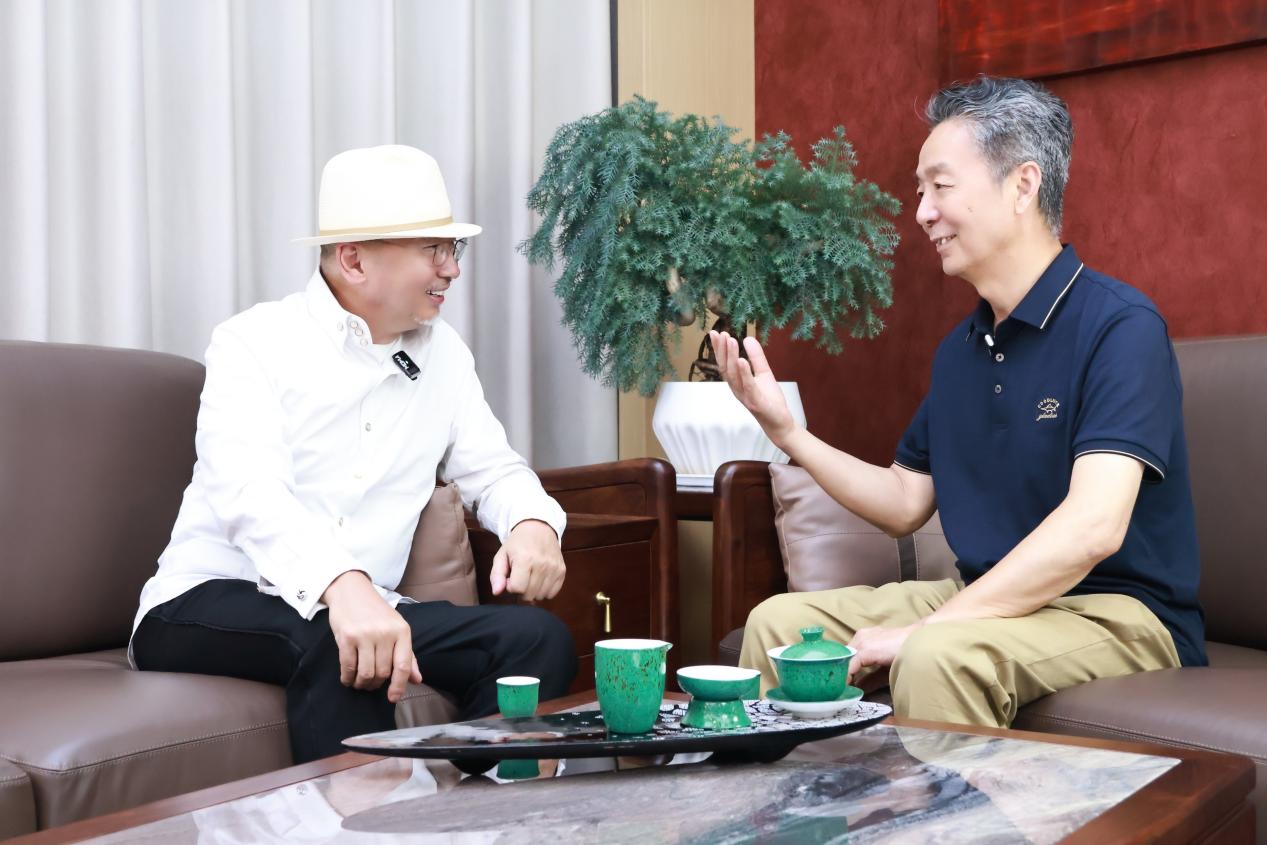
Li Xiangqun and Gan Erke in conversation.
Zhou Jianshi noted that sculpture endows lacquer art with contemporary aesthetics, while lacquer art infuses sculpture with cultural DNA. The fusion of the two is not only a breakthrough that transcends artistic boundaries but also a form of spiritual inheritance. Chen An’ying added that this statue of Qu Yuan, merging two national-level crafts, will unlock the potential for a symbiosis between traditional craftsmanship and contemporary art, becoming a spiritual totem for the Craftsman Town.
At a symposium, Xu Xiaolan announced that the core building of the Jing-Chu ICH Craftsman Town, the Jing-Chu ICH Museum (15,000 sq. m), is scheduled for completion in the latter half of this year. It will integrate business models such as ICH study tours and industry-education collaboration to cultivate the cJingzuo · Chu Life” brand.
Looking to the town’s future, Li Xiangqun proposed bringing in art education resources and exploring a dual-track development of “living heritage preservation” and “digital art innovation.”
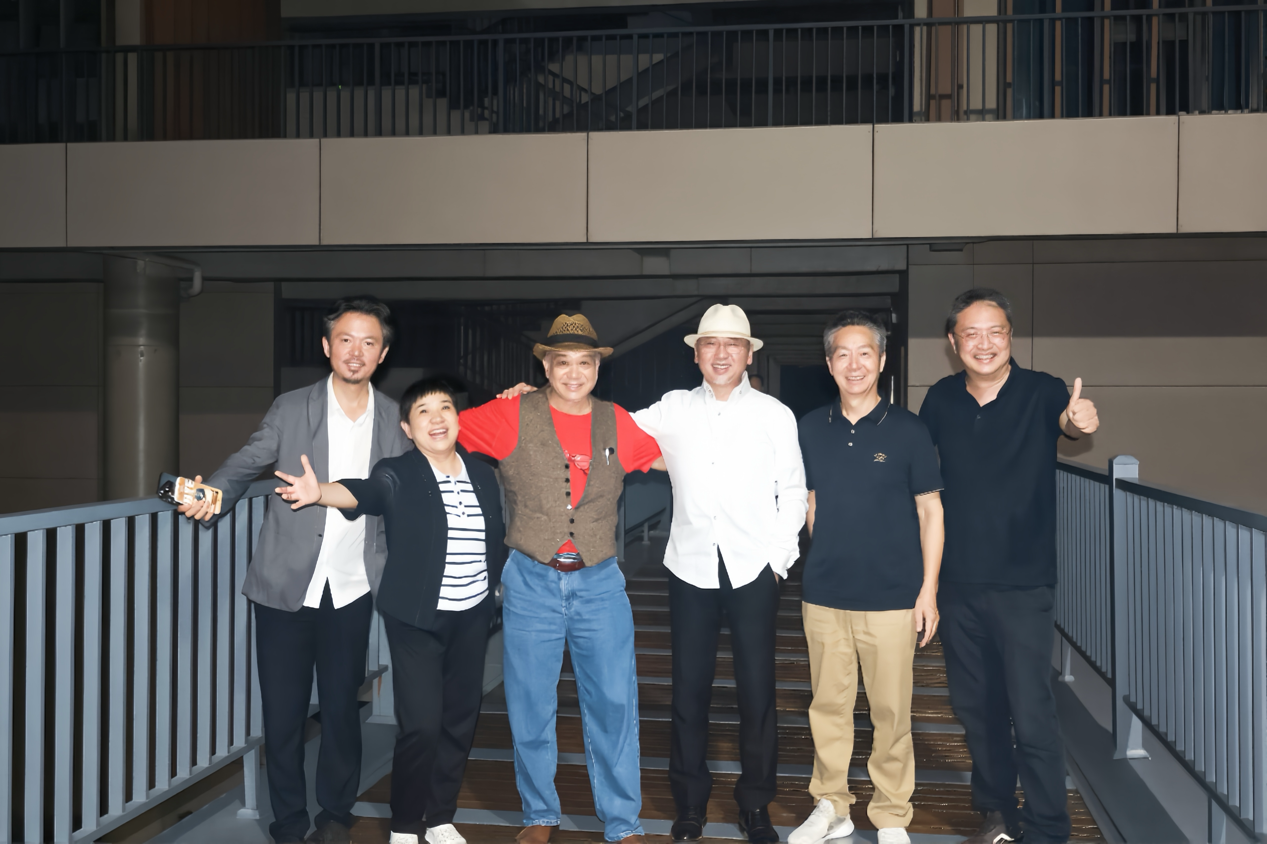
Li Xiangqun and others pose for a group photo at the construction site of the Jing-Chu ICH Craftsman Town.

